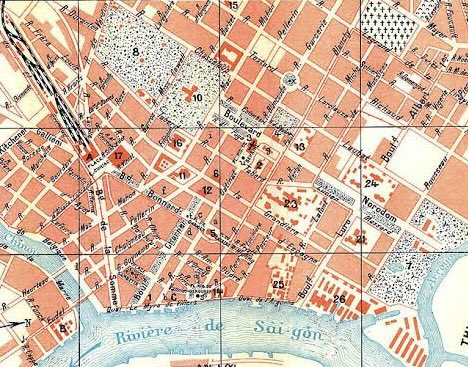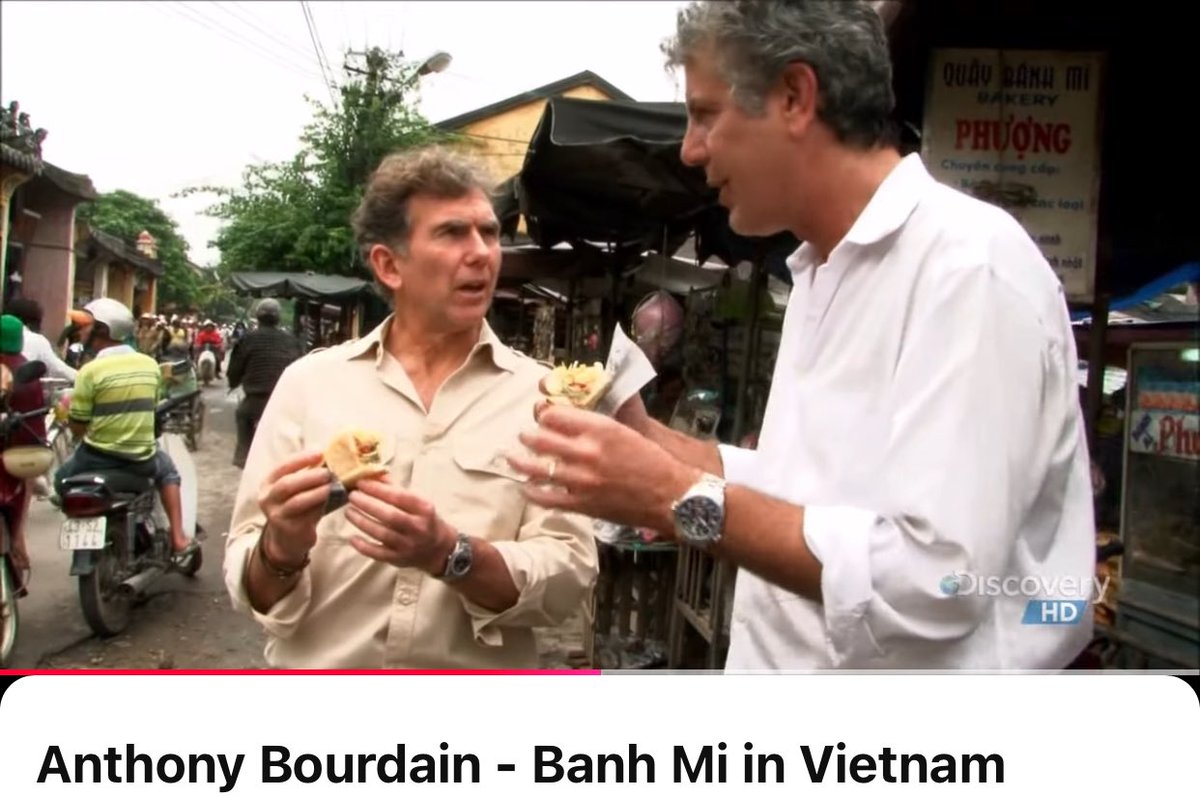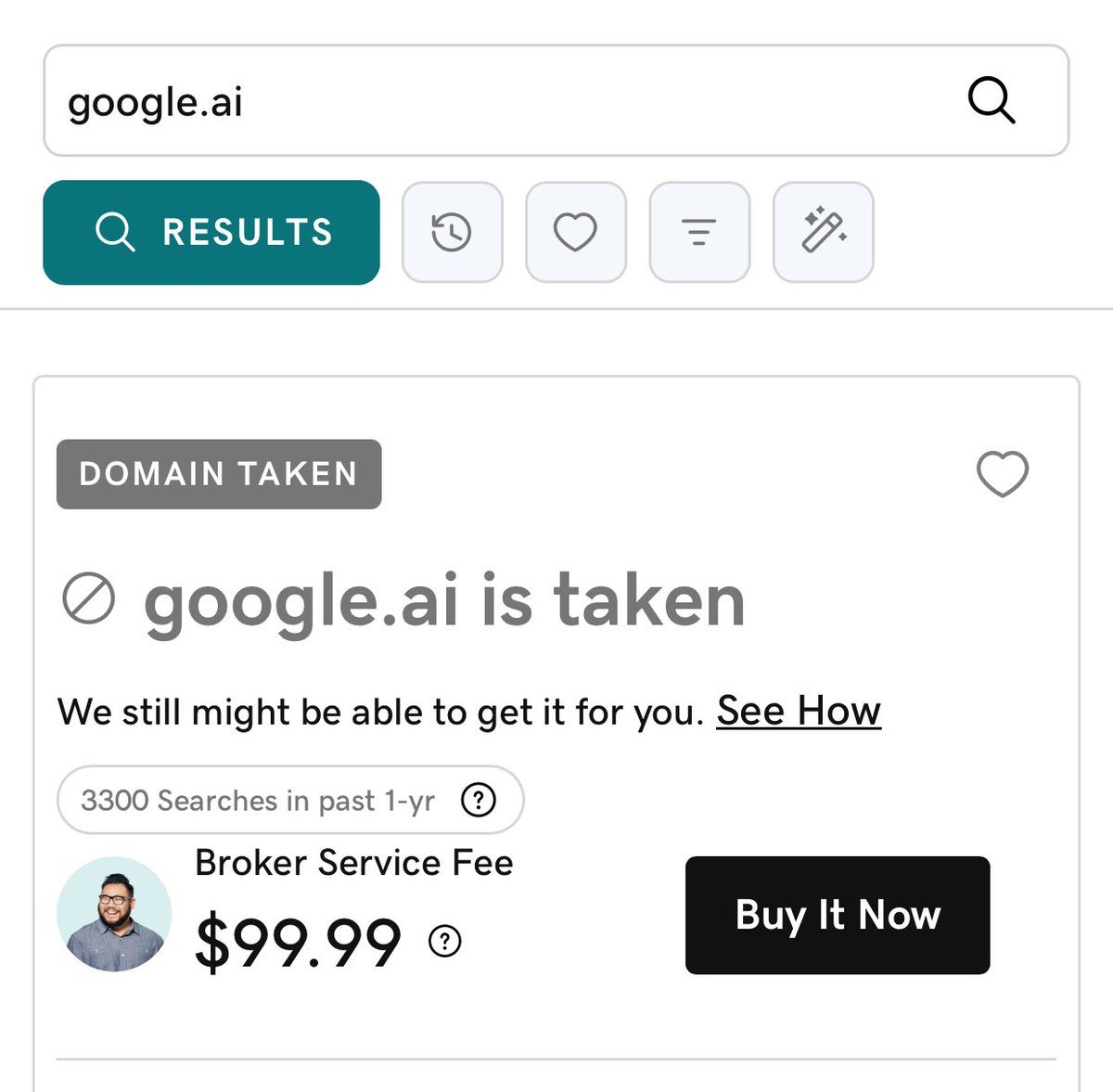1/ In 2004, Elon Musk and Jeff Bezos met for a meal to discuss space.
It was one of their few in-person interactions.
The conversation they had perfectly captures the different approaches they've taken to space exploration.
Here's the story 🧵
It was one of their few in-person interactions.
The conversation they had perfectly captures the different approaches they've taken to space exploration.
Here's the story 🧵

2/ For Bezos, the path to the meeting began in 1999 when he and famed sci-fi author Neal Stephenson watched the film "October Sky" (about NASA engineer Homer Hickam)
After the viewing, the Amazon founder told Stephenson he always wanted to start a space company...
After the viewing, the Amazon founder told Stephenson he always wanted to start a space company...

3/..and Stephenson said "why don't you start today?"
Stephenson -- author of classics such as "Snow Crash" -- was hire #1 and put together a team of thinkers and engineers.
Bezos dropped in on the team one Saturday a month, mostly to discuss alternatives to chemical rockets.

Stephenson -- author of classics such as "Snow Crash" -- was hire #1 and put together a team of thinkers and engineers.
Bezos dropped in on the team one Saturday a month, mostly to discuss alternatives to chemical rockets.
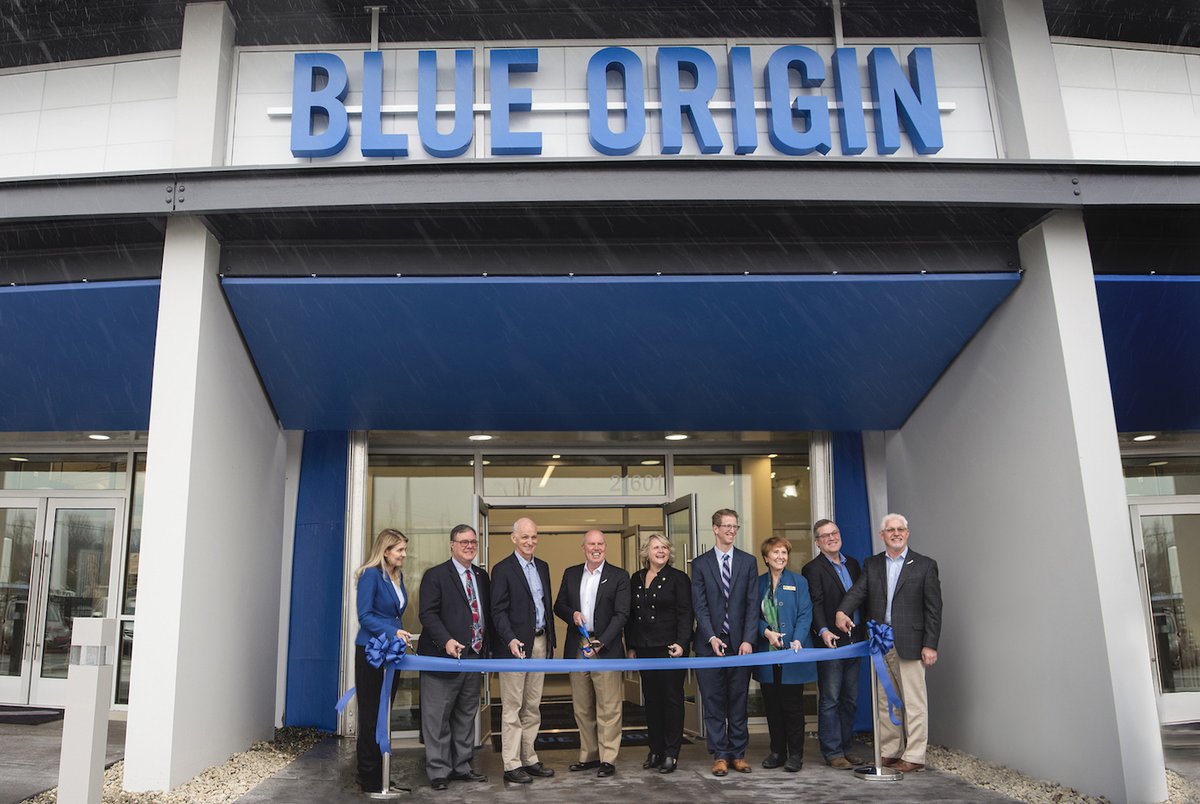

4/ Bezos' space company Blue Origins was officially incorporated in Sept 2000.
Elon Musk wouldn't launch SpaceX until Mar 2002. He bankrolled it with 2 big tech exits:
• selling Zip2 to Compaq for $300m in 1999
• netting $180m after eBay bought PayPal for $1.5B in July 2002
Elon Musk wouldn't launch SpaceX until Mar 2002. He bankrolled it with 2 big tech exits:
• selling Zip2 to Compaq for $300m in 1999
• netting $180m after eBay bought PayPal for $1.5B in July 2002
5/ From the start, SpaceX was much more publicly visible.
Musk's attempts to win NASA contracts (competing w/ Boeing and Lockheed Martin) included wild stunts.
In Dec 2003, he rolled a SpaceX rocket down Independence Ave in DC and gave a speech at the Air & Space Museum

Musk's attempts to win NASA contracts (competing w/ Boeing and Lockheed Martin) included wild stunts.
In Dec 2003, he rolled a SpaceX rocket down Independence Ave in DC and gave a speech at the Air & Space Museum


6/ While SpaceX had yet to launch a rocket into space, it was testing engines in Texas and Bezos wanted to pick Musk's brains.
When they met in 2004, Musk was not impressed by Bezos' progress:
When they met in 2004, Musk was not impressed by Bezos' progress:

8/ Why did Bezos ignore Musk's advice?
His history at Amazon clearly shows 3 things:
• vast patience
• trailblazing its own path
• constant experimentation
If Bezos was wrong, he wanted to find out on his own...and didn't mind if that would take some time.
His history at Amazon clearly shows 3 things:
• vast patience
• trailblazing its own path
• constant experimentation
If Bezos was wrong, he wanted to find out on his own...and didn't mind if that would take some time.
9/ The Bezos strategy is enshrined in Blue Origin's motto and its coat of arms.
The motto is "Gradatim Ferociter" (step by step, ferociously) while the coat of arms has a pair of turtles (AKA the tortoise vs. the hare) heading to the stars.
Slow and steady wins it for Bezos.
The motto is "Gradatim Ferociter" (step by step, ferociously) while the coat of arms has a pair of turtles (AKA the tortoise vs. the hare) heading to the stars.
Slow and steady wins it for Bezos.
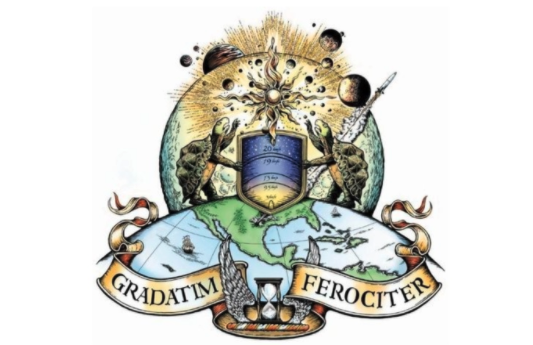
10/ Conversely, SpaceX's motto is "Head down. Plow through the line" Musk's aim of creating a multi-planet species (eg Mars) requires urgency.
(Bezos is more focussed on creating a space economy for millions of people)
SpaceX's first successful launch came 4yrs after they met.
(Bezos is more focussed on creating a space economy for millions of people)
SpaceX's first successful launch came 4yrs after they met.
11/ Over the years, Blue Origin has aggressively hired top SpaceX talent, often 2x-ing their salary:
"I think it’s unnecessary and a bit rude,” Musk says of the practice.
Blue Origin's New Shepard would finally touch the edge of space in Apr 2015, nearly 7 years after SpaceX.
"I think it’s unnecessary and a bit rude,” Musk says of the practice.
Blue Origin's New Shepard would finally touch the edge of space in Apr 2015, nearly 7 years after SpaceX.

12/ With Bezos retiring from Amazon and focussing more on Blue Origin, the battle b/t the world's 2 richest people (each worth $160B+) may just be starting.
While SpaceX has the clear lead, Bezos is likely banking on Aesop's tortoise and hare fable to win the race.

While SpaceX has the clear lead, Bezos is likely banking on Aesop's tortoise and hare fable to win the race.


13/ If you enjoy business stories like this (or dumb memes) SMASH that follow: @TrungTPhan
Excerpts from the great book "The Space Barons" by Christian Davenport.
Check this story about Elon Musk starting SpaceX with a legendary cold call:
Excerpts from the great book "The Space Barons" by Christian Davenport.
Check this story about Elon Musk starting SpaceX with a legendary cold call:
https://twitter.com/TrungTPhan/status/1301168247790686208?s=20
14/ PS. Here's a funny video debunking Bezos' claim that Blue Origin made the first re-usable rocket:
15/ If the space beef between Musk and Bezos wasn’t enough.
Amazon-backed EV startup Rivian (maker of trucks and SUVs) is eyeing a $50B IPO this year.
Here’s how it’s truck stacks up to Tesla’s Cybertruck.
Amazon-backed EV startup Rivian (maker of trucks and SUVs) is eyeing a $50B IPO this year.
Here’s how it’s truck stacks up to Tesla’s Cybertruck.

16/ PS: Link to "Space Barons" amazon.com/Space-Barons-B…
And a story I wrote about founding SpaceX team member, Jim Cantrell: thehustle.co/jim-cantrell-r…
And a story I wrote about founding SpaceX team member, Jim Cantrell: thehustle.co/jim-cantrell-r…
17/ PPS: Here was a dumb meme that got the @elonmusk seal of approval
https://twitter.com/TrungTPhan/status/1343202533649612807
• • •
Missing some Tweet in this thread? You can try to
force a refresh




